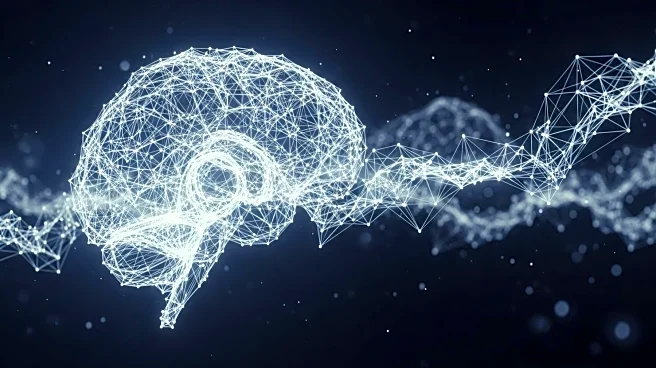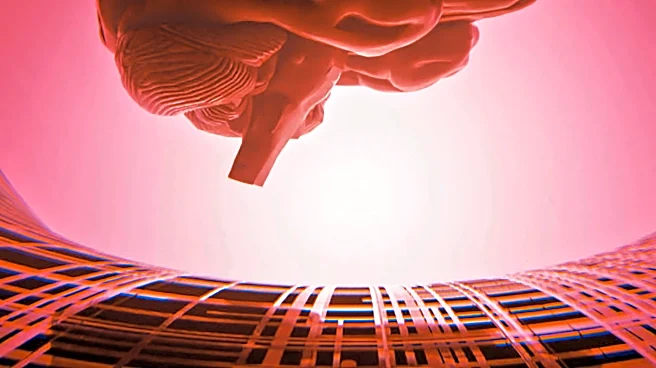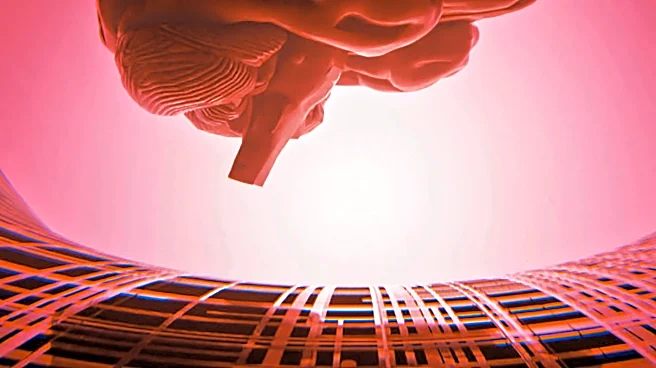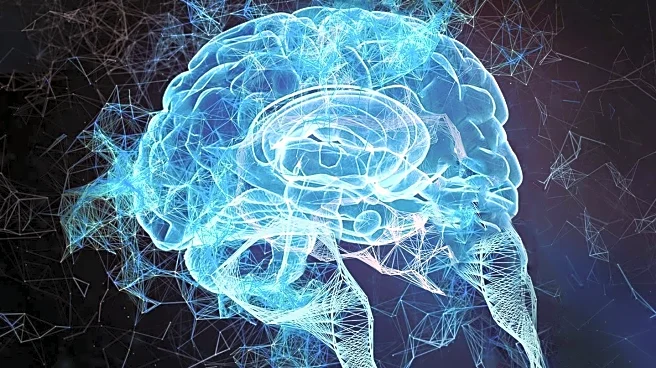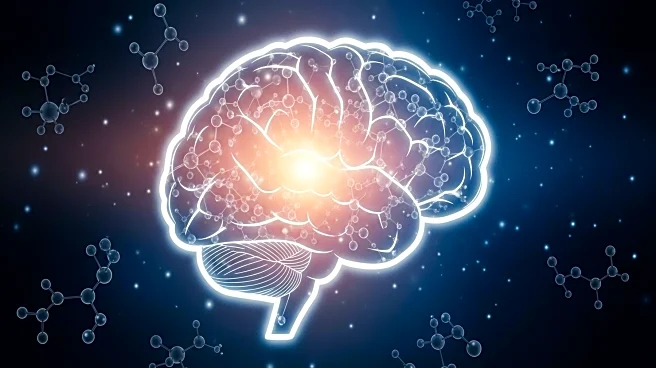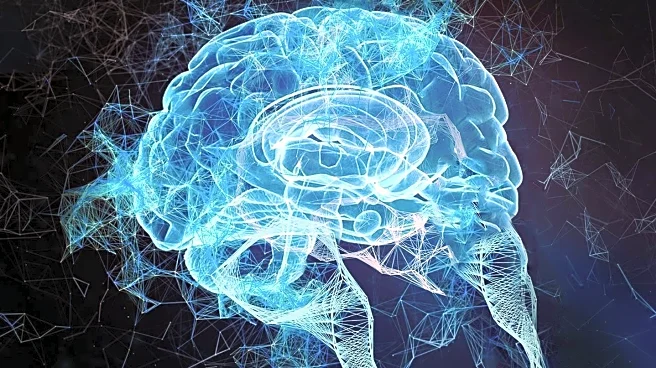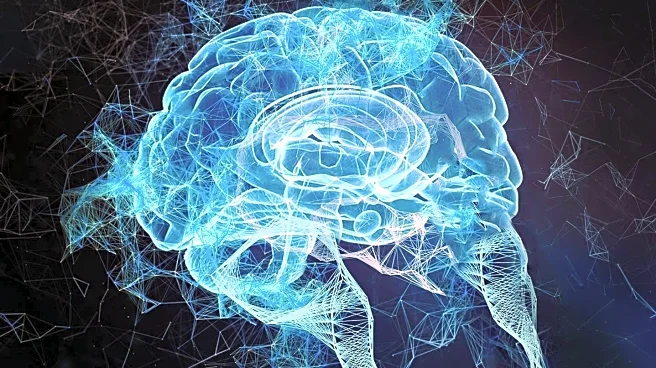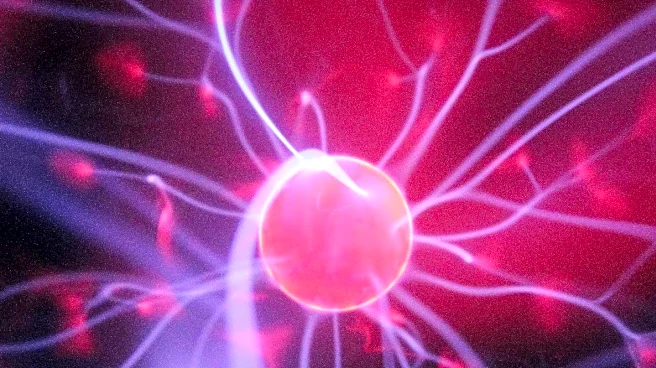What's Happening?
A recent study published in Nature Neuroscience has challenged the long-standing belief that the brain undergoes significant reorganization following limb amputation. Researchers found that the brain's body map remains stable even years after amputation, contrary to previous theories suggesting neighboring body parts take over the area once represented by the missing limb. The study involved scanning the brains of patients before and after arm amputations, revealing that the map of the hand in the brain remained unchanged. This discovery provides insight into why amputees continue to feel vivid sensations of their missing limbs.
Why It's Important?
This study has significant implications for understanding phantom limb sensations and developing effective treatments. The findings suggest that therapies aimed at 'fixing' the brain's body map may be misguided, as the map remains intact. Instead, attention may need to shift towards addressing severed nerves that misfire signals to the brain. This research could influence the development of prosthetic limbs and brain-computer interfaces, potentially improving the quality of life for amputees by leveraging the preserved body map for more intuitive control and sensation.
What's Next?
Future research may focus on refining surgical techniques to preserve nerve signaling and maintain stable connections to the brain. Additionally, advancements in brain-computer interfaces could tap into the preserved body map to enhance prosthetic limb functionality. These developments could lead to more natural and intuitive control of prosthetics, offering amputees improved mobility and sensation.
Beyond the Headlines
The study underscores the resilience of the brain's body map, suggesting that the missing limb continues to exist in the brain as a resource for future technologies. This perspective may shift the focus of rehabilitation and prosthetic development towards utilizing the intact body map rather than attempting to alter it. The findings also highlight the potential for innovative approaches in neuroscience to improve the lives of individuals with amputations.
